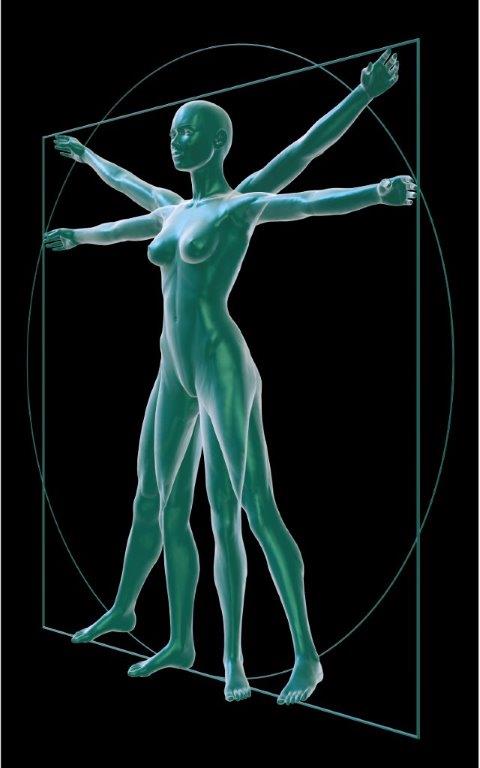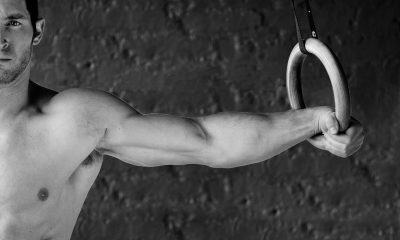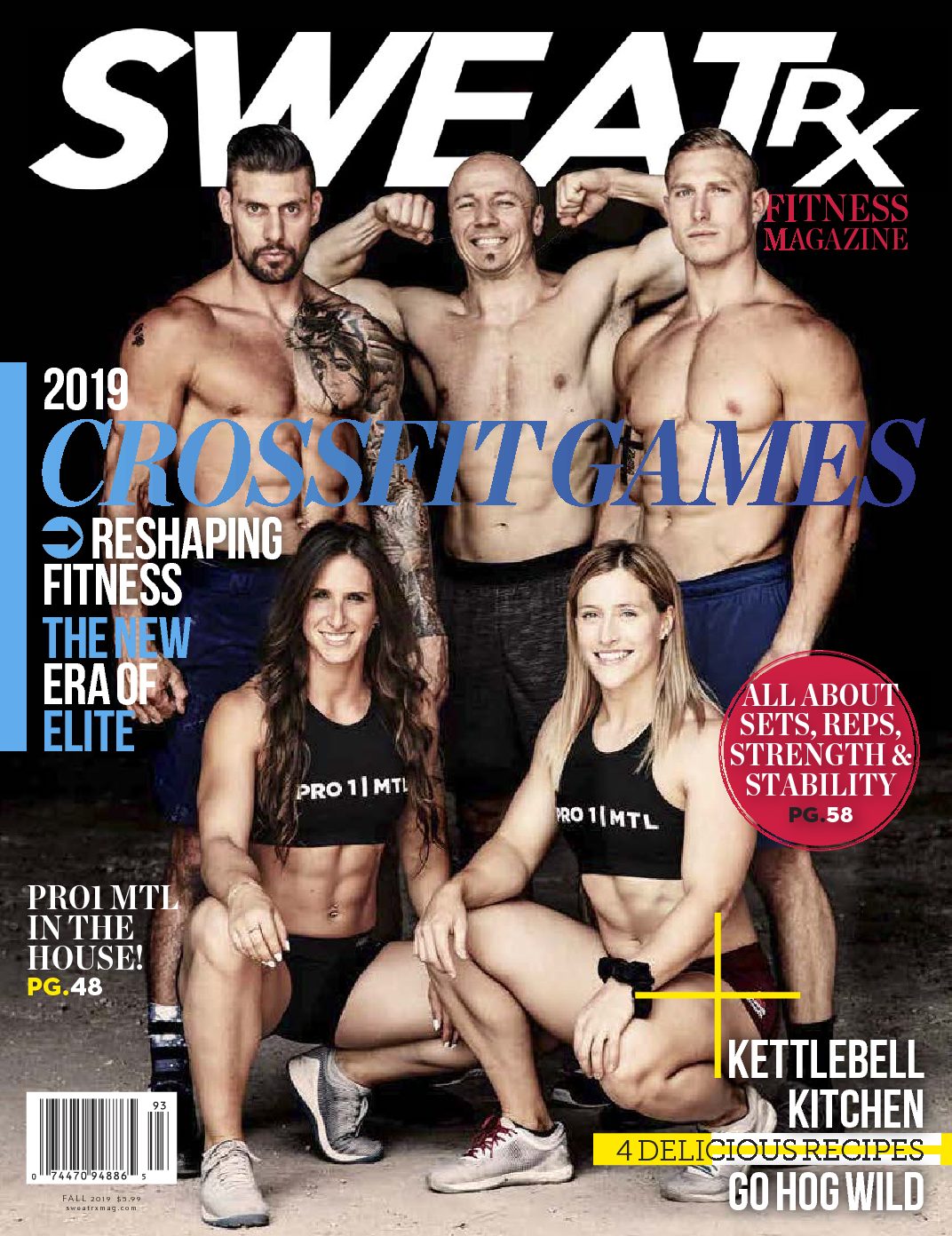Fitness
JUST WEIGHT – Who Needs Skinny When You Can Be Strong?
At 5’9 I can honestly say that I never felt ‘small’. In fact, I’ve always towered over my friends. And ‘skinny’ wasn’t a word I’d use to describe myself either. A few decades ago, it was the descriptive word for models, and something to strive for. Then its meaning seemed to shift—leaning somewhat towards the unhealthy end of the spectrum, but still better than being at the ‘fat’ end.
In high school, when I really got into working out, my goal was always to get ‘skinny’. I purposely avoided lifting anything heavier than five pounds so I wouldn’t bulk up; I did at least an hour of cardio a day, cut calories, and kept a food diary. Obsessing over the numbers on the scale was inextricably linked to the glorious and unattainable ‘skinny’.
Then I discovered CrossFit. What was this fitness trend that embraced the idea of lifting heavy weights and getting strong? It was a life-changer. As I got into the sport, I actually started to accept my body— muscles and all—for the first time. It is inspiring and refreshing to celebrate being strong.
How CrossFit Can Improve Body Image
 While a healthy support system is vital and talk therapy can be very beneficial, nobody achieves a positive body image without a positive relationship to food and exercise. There are many paths that lead there, but physical activity and proper nutrition are always part of the journey. Regardless of the route you choose, it’s about becoming stronger from the inside out, and that strength translates to the rest of life—its ups and downs, and whatever comes your way.
While a healthy support system is vital and talk therapy can be very beneficial, nobody achieves a positive body image without a positive relationship to food and exercise. There are many paths that lead there, but physical activity and proper nutrition are always part of the journey. Regardless of the route you choose, it’s about becoming stronger from the inside out, and that strength translates to the rest of life—its ups and downs, and whatever comes your way.
CrossFitters often feel that if they can get through a CrossFit WOD (workout of the day), they can do practically anything. It’s a powerful point of view that can’t help but spill into other aspects of your life. CrossFit forces you to change your habits, get out of your rut, and let go of the idea that fitness means you have to work out for multiple hours a day. A conditioning workout can be done in 10-30 minutes, and strength training with the big lifts builds your body up rather than breaking it down. The sport also promotes eating well and in quantities that give you the energy you need, not just to perform the workouts, but also for the activities of daily living. As so many CrossFitters have discovered for themselves, it’s not just something you do in a box (a.k.a. gym); it becomes a way of life, and one that can make you stronger physically, but also mentally, emotionally, and even spiritually as well.
Goodbye skinny, hello strong and fit—CrossFit.
What many women struggling with an eating disorder don’t realize is that you usually have to eat more to get in better shape. No extremes—not eating chocolate cake everyday but also realizing it is ok once in a while. Train hard; eat to fuel and when rest is needed take it.
The combination of the proper exercise, nutrition and support will create confidence, improve self esteem and change the way women perceive themselves. As women develop this strength the world’s ideal of how a woman should look will begin to change—not waif like but healthy, strong and vibrant not only on the outside but on the inside.
Media’s Effect on Body Image
- The popular media (television, movies, magazines, etc.) have, since World War II, increasingly held up a thinner and thinner body image as the ideal for women.
- In a survey of girls 9 and 10 years old, 40% have tried to lose weight, according to an ongoing study funded by the National Heart, Lung and Blood Institute.
- One study reports that at age thirteen, 53% of American girls are “unhappy with their bodies.” This grows to 78% by the time girls reach seventeen.
A Focus on Appearance
- One in every three (37%) articles in leading teen girl magazines also included a focus on appearance, and most of the advertisements (50%) used an appeal to beauty to sell their products.
- The commercials aimed at female viewers that ran during the television shows most often watched by teen girls also frequently used beauty as a product appeal (56% of commercials). By comparison, this is true of just 3 percent of television commercials aimed at men.
Eating Disorders
- The National Institute of Mental Health estimates that eating disorders affect more than 5 million Americans each year.
- An estimated one thousand women die each year of anorexia nervosa. As many as one in ten college women suffer from a clinical or nearly clinical eating disorder, including 5.1% who suffer from bulimia nervosa.
- Studies indicate that by their first year of college, 4.5 to 18 percent of women and 0.4 percent of men have a history of bulimia and that as many as 1 in 100 females between the ages of 12 and 18 have anorexia.
- 8,000,000 or more people in the United States have an eating disorder.
- 90% are women.
- Eating disorders usually start in the teens but may begin as early as age 8.



















